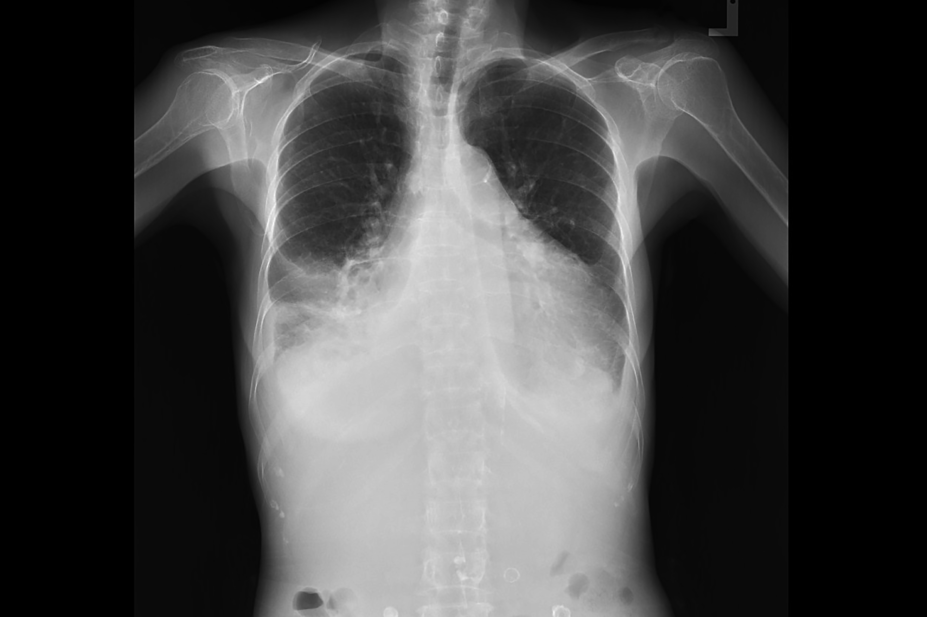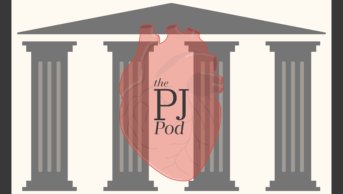
Shutterstock.com
Sodium–glucose cotransporter 2 (SGLT-2) inhibitors are associated with a reduced risk of heart failure compared with dipeptidyl peptidase 4 (DPP-4) inhibitors, even in people without a history of cardiovascular disease, a study published in The BMJ has shown (29 August 2019)[1]
.
Researchers compared 20,983 new users of SGLT-2 inhibitors matched to an equal number of new DPP-4 inhibitor users from Scandinavian nationwide databases from April 2013 to December 2016.
Overall, 19% of patients across both groups had a history of major cardiovascular disease.
During median follow-up of 1.4 years, the risk of heart failure was 34% lower in patients taking SGLT-2 inhibitors, but there was no difference between groups in the risk of major cardiovascular events (composite outcome of myocardial infarction, stroke and cardiovascular death) or for either of these outcomes individually.
SGLT-2 inhibitors were also associated with a 20% reduction in all-cause mortality.
Previous research has shown that SGLT-2 inhibitors reduce the risk of major cardiovascular events and heart failure in people with cardiovascular disease or at high cardiovascular risk, the team explained in The BMJ.
“Patients with such histories are likely to derive the largest absolute benefit,” the team wrote.
However, they say that their evidence supported “the notion that SGLT2 inhibitors could reduce risk of heart failure outcomes in a broad group of patients at varying levels of cardiovascular risk”.
References
[1] Pasternak B, Ueda P, Eliasson B et al. Use of sodium glucose cotransporter 2 inhibitors and risk of major cardiovascular events and heart failure: Scandinavian register based cohort study. BMJ 2019;366:l4772. doi: 10.1136/bmj.l4772


